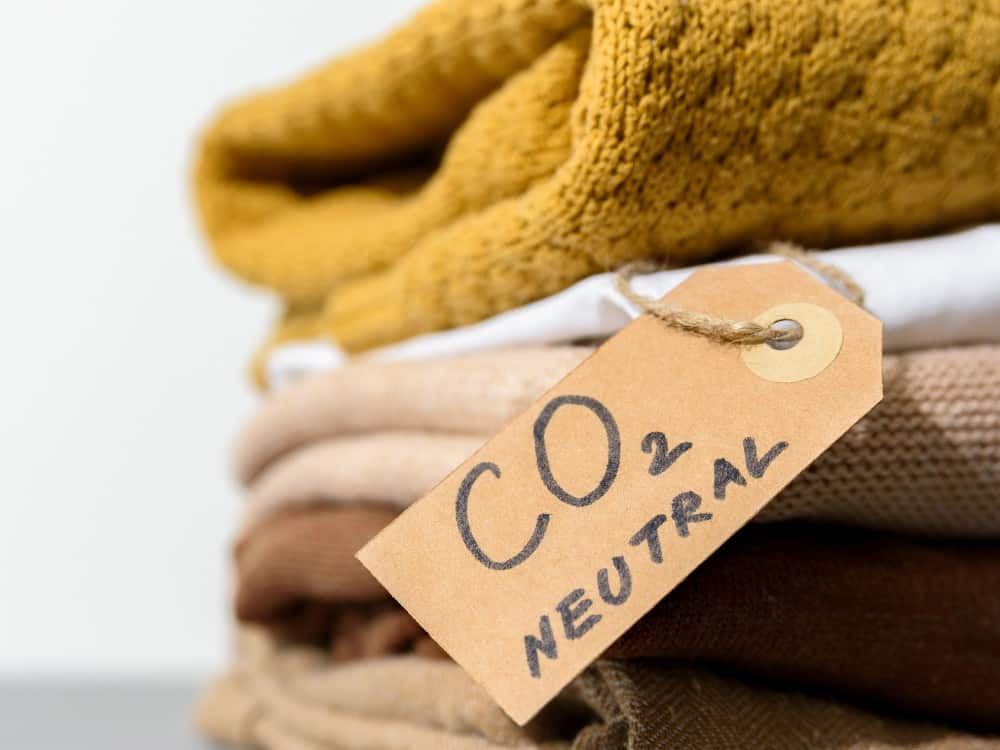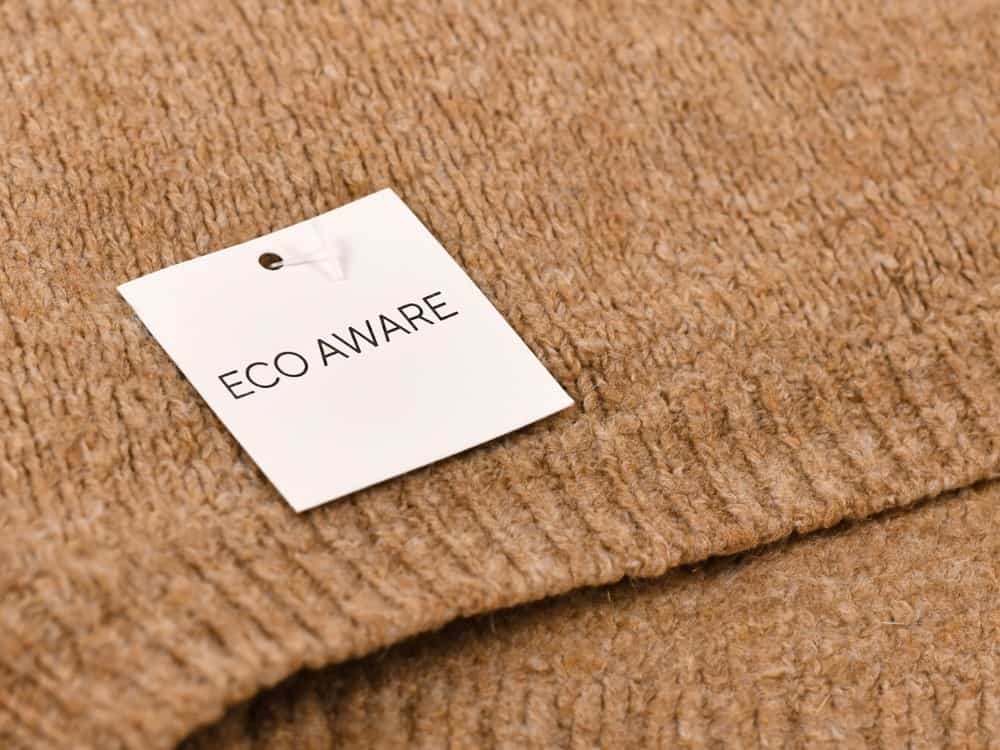
Welcome to 'Supercharge Your Sustainability: 7 Steps to an Eco-Friendly Home'.
In today's environmentally-conscious world, it is imperative to take proactive measures towards a greener lifestyle. This article provides practical and concise guidance on how to transform your home into an eco-friendly haven.
From energy-efficient appliances to sustainable roofing options, we will explore seven key steps that will not only reduce your carbon footprint but also enhance your quality of life.
Join us on this journey towards a more sustainable future.
Energy-Efficient Appliances
Energy-efficient appliances are essential for creating an environmentally-friendly home. By investing in these appliances, you can significantly reduce electricity consumption and save money on energy bills. Here are some energy-saving tips to consider when choosing and using energy-efficient appliances:
- Look for the ENERGY STAR label: This certification guarantees that the appliance meets strict energy efficiency standards set by the Environmental Protection Agency.
- Opt for appliances with high Energy Efficiency Ratio (EER) ratings: The higher the rating, the more energy-efficient the appliance.
- Choose appliances with advanced features: Look for programmable timers, energy-saving modes, and power management options to further reduce electricity usage.
- Proper maintenance: Regularly clean and maintain appliances to ensure optimal performance and energy efficiency.
- Unplug when not in use: Standby power can consume a significant amount of energy, so unplug appliances when they are not being used.
Solar Panels
Solar panels are a cost-effective solution for homeowners looking to reduce their energy bills.
By harnessing the power of the sun, solar panels generate electricity that can be used to power your home's appliances and lighting.

Additionally, solar panels offer numerous environmental benefits, such as reducing greenhouse gas emissions and decreasing reliance on fossil fuels.
Cost-Effective Solar Solutions
Are there affordable alternatives to traditional energy sources for powering your home?
The answer is yes, and one cost-effective solution is solar panels. Solar panels harness the power of the sun to generate electricity, reducing your reliance on fossil fuels and lowering your carbon footprint.
When it comes to financing options, there are several available for those interested in going solar. Many companies offer solar financing plans that allow homeowners to pay for their solar panels over time, making it more accessible and affordable.
Additionally, some homeowners may choose to take on a DIY solar installation project to further save on costs. DIY solar installation can be a rewarding and cost-effective option for those who are handy and have the necessary skills.
With the right resources and guidance, you can successfully install solar panels and enjoy the benefits of sustainable energy in your home.
Environmental Benefits of Solar
One of the key advantages of incorporating solar panels into your home is the significant reduction in greenhouse gas emissions. Solar panels harness the power of sunlight, converting it into renewable energy that can be used to power your home. By utilizing this clean power source, you reduce your reliance on fossil fuels, which are a major contributor to greenhouse gas emissions and climate change.

Solar energy is a form of clean power that does not produce any harmful pollutants or emissions during operation. By switching to solar panels, you can help mitigate the environmental impacts associated with traditional energy sources and contribute to a more sustainable future.
Embracing solar energy is not only beneficial for the planet but also for your wallet in the long run, as it can lead to significant savings on your energy bills.
Insulation
To optimize energy efficiency and reduce heat loss, proper insulation installation is essential for an eco-friendly home. Insulation acts as a barrier, preventing the transfer of heat between the interior and exterior of a building.
There are various insulation types available, each with its own benefits and applications. Common options include fiberglass, cellulose, and spray foam insulation. Fiberglass is affordable and easy to install, while cellulose is made from recycled materials and offers excellent soundproofing properties. Spray foam insulation provides superior air sealing and thermal resistance.
Proper installation is crucial to ensure the insulation's effectiveness. Gaps or inadequate coverage can compromise its performance. It's important to hire a professional or follow manufacturer guidelines for installation.
LED Lights
LED lights are a crucial component in optimizing energy efficiency and reducing electricity consumption in an eco-friendly home. These lights use light-emitting diodes, which are more energy-efficient and longer-lasting compared to traditional incandescent bulbs. LED lights convert more energy into light and produce less heat, resulting in lower energy consumption and reduced electricity bills.
Additionally, LED lights have a longer lifespan, which means fewer replacements and less waste. By replacing traditional bulbs with LED lights, homeowners can significantly reduce their carbon footprint and contribute to a more sustainable environment.

LED lights are available in various shapes, sizes, and colors, making them suitable for all lighting needs in a home. Investing in LED lights can lead to substantial energy savings while maintaining the desired level of lighting freedom.
Green Roofing
Continuing with the focus on sustainable building practices, the next step in creating an eco-friendly home is to explore the benefits of green roofing.
Green roofing, also known as living roofs or vegetated roofs, involves the installation of a layer of vegetation on the roof of a building. This innovative approach offers numerous environmental advantages.
Firstly, green roofs provide natural insulation, reducing the need for artificial heating and cooling. They also absorb rainwater, reducing the strain on drainage systems and preventing stormwater runoff. Furthermore, green roofs help to filter pollutants and improve air quality, creating a healthier living environment.
In terms of aesthetics, they add beauty and natural elements to urban areas. There are two main types of green roofs: extensive and intensive. Extensive green roofs have a thin layer of vegetation and require minimal maintenance, while intensive green roofs have a thicker layer and can support a wider variety of plants.
Whether you choose an extensive or intensive green roof, the benefits are undeniable in terms of sustainability, energy efficiency, and overall well-being.
Composting
Green roofing, with its numerous environmental benefits, sets the stage for the next step in creating an eco-friendly home: composting. Composting is an excellent way to reduce waste, enhance soil fertility, and minimize the need for chemical fertilizers. Here are some benefits and methods of composting:

Benefits of composting:
- Reduces landfill waste and methane emissions.
- Produces nutrient-rich soil amendment for gardening.
- Decreases the need for synthetic fertilizers.
- Improves soil structure and water retention.
- Enhances plant growth and resistance to diseases.
Composting methods:
- Backyard composting: Use a compost bin or pile to decompose organic waste.
- Vermicomposting: Utilize worms to break down food scraps into nutrient-rich vermicompost.
- Bokashi composting: Ferment organic waste using beneficial microorganisms.
Rainwater Harvesting
Rainwater harvesting is an essential practice for maximizing sustainability in your home. It is a simple and effective way to conserve water and manage resources efficiently. By collecting rainwater, you can reduce your dependence on municipal water supplies and contribute to water conservation efforts.
Installing a rainwater harvesting system involves capturing rainwater from rooftops and directing it to storage tanks or underground reservoirs. This water can then be used for various purposes such as watering plants, flushing toilets, and washing clothes.
Not only does rainwater harvesting help in conserving water, but it also helps in managing water resources effectively. By implementing this practice, you can take control of your water usage, reduce your environmental impact, and create a more sustainable home.
Frequently Asked Questions
How Much Do Energy-Efficient Appliances Cost Compared to Standard Appliances?
When comparing the cost of energy-efficient appliances to standard appliances, it is important to consider the long-term energy savings. While energy-efficient appliances may have a higher upfront cost, they can result in significant savings on utility bills over time.
Are There Any Government Incentives or Rebates Available for Installing Solar Panels?
Government incentives and rebates are available for installing solar panels. These programs vary by location and can provide financial assistance, tax credits, or grants to offset the cost of installation. Research your local government's offerings to determine eligibility and potential savings.

What Is the Average Lifespan of Insulation in a Home?
The average lifespan of insulation in a home can vary depending on factors such as the type of insulation used, installation quality, and environmental conditions. It is generally recommended to inspect and replace insulation every 15-20 years for optimal energy efficiency and comfort.
Are LED Lights Compatible With Dimmer Switches?
LED lights are compatible with dimmer switches, providing energy-efficient lighting with adjustable brightness levels. This combination allows for greater control over lighting conditions, enhancing both convenience and sustainability in your home.
How Does Green Roofing Help With Energy Efficiency in a Home?
Green roofing provides numerous benefits for energy efficiency in a home. By reducing heat transfer, green roofs help to lower energy consumption for cooling and heating, resulting in significant energy savings and a more sustainable living environment.
 Business & FinanceHealth & MedicineTechnologyLifestyle & CultureScience & EnvironmentWorld NewsPrivacy PolicyTerms And Conditions
Business & FinanceHealth & MedicineTechnologyLifestyle & CultureScience & EnvironmentWorld NewsPrivacy PolicyTerms And Conditions
